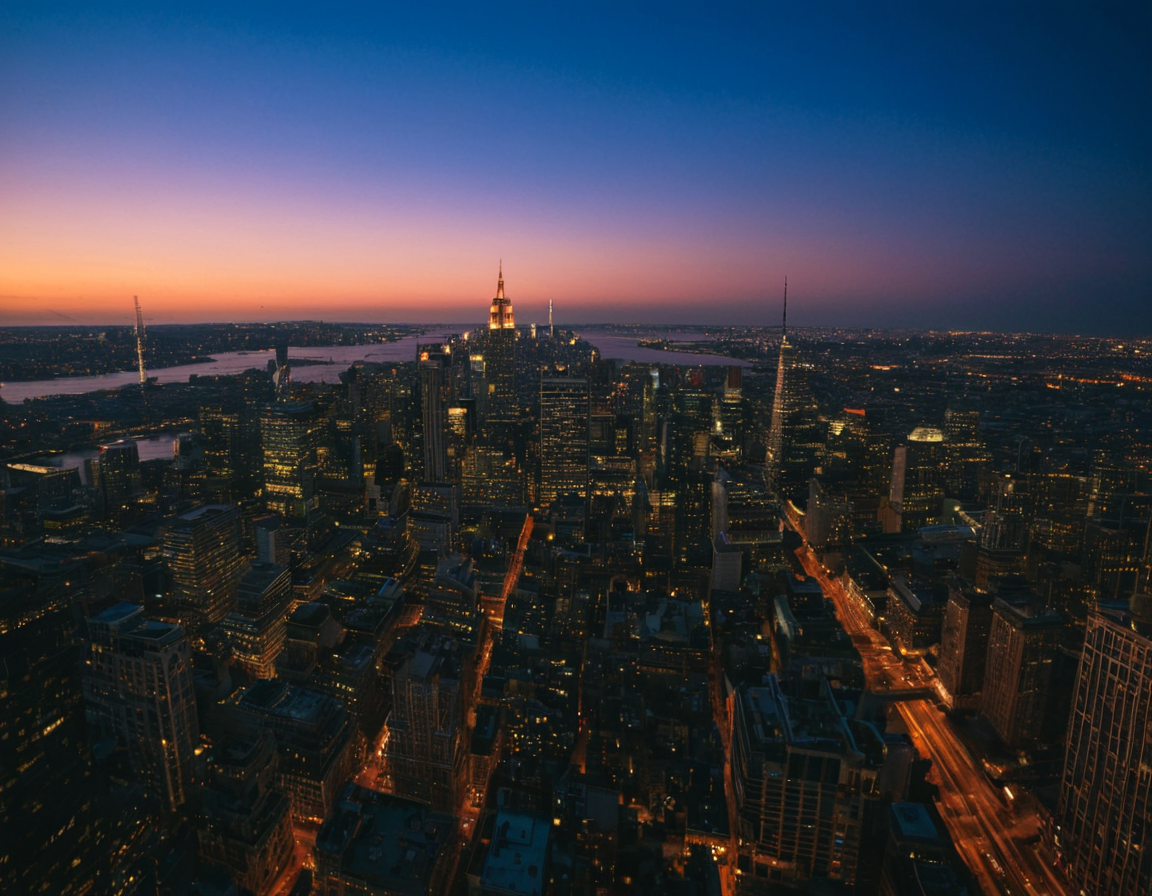Low Light Mastery: Cutting Noise in Photos

Mastering Noise Reduction Techniques for Better Low Light Images
As photographers, we’ve all been there - caught off guard by a sudden downpour or shooting in an area with limited lighting. The resulting images can be subpar, with unwanted noise and grain that detracts from the overall aesthetic. In this post, we’ll delve into the world of noise reduction techniques, exploring the best methods for achieving high-quality low-light images.
Understanding Noise
Before we dive into the solutions, it’s essential to understand the concept of noise. In photography, noise refers to the random fluctuations in pixel values that can occur when using high ISO settings or insufficient lighting. This can lead to a range of issues, including:
- Loss of detail
- Increased grain
- Decreased image quality
Camera Settings for Low-Light Shooting
Before we explore noise reduction techniques, it’s crucial to understand the importance of proper camera settings. When shooting in low light, you’ll want to focus on minimizing noise and maximizing image quality.
- Use a tripod: A stable camera is essential for capturing sharp images, especially in low-light conditions.
- Set your ISO correctly: While high ISOs can help brighten the scene, they also introduce noise. Look for the lowest ISO necessary to achieve your desired exposure.
- Turn off autofocus: Autofocus can be a major contributor to camera shake and noise. Consider using manual focus or continuous autofocus modes.
Image Processing Techniques
Now that we’ve covered camera settings, let’s explore some image processing techniques for reducing noise.
1. Basic Adjustments
Before diving into advanced noise reduction methods, it’s essential to make some basic adjustments to your images.
- Crop and straighten: Remove any unwanted elements from the scene and ensure the horizon is level.
- Basic tone mapping: Adjust the exposure and contrast to bring out the details in the image.
2. Noise Reduction Software
There are numerous noise reduction software options available, each with its unique strengths and weaknesses. Some popular choices include:
- Adobe Lightroom: A powerful tool for adjusting exposure, contrast, and color grading.
- Skylum Luminar: A user-friendly interface for noise reduction and other effects.
3. Advanced Techniques
For more advanced noise reduction techniques, consider the following methods:
- Local adjustments: Use tools like the Gradient Filter or Adjustment Brush to selectively target areas of the image and reduce noise.
- Denoising filters: Utilize built-in denoising filters in your editing software or third-party plugins.
Practical Examples
Let’s take a look at some practical examples of how these techniques can be applied in real-world scenarios.
Example 1: Using Noise Reduction Software
Suppose you’re working with an image that has high levels of noise. You could use Adobe Lightroom to adjust the exposure and contrast, then apply a denoising filter to reduce the noise.
[EXAMPLE_START:python]
This is where the code would go
import lightroom
image = lightroom.load_image(“path_to_your_image.jpg”)
lightroom.adjust_exposure(image)
denoise_filter = lightroom.create_denoise_filter()
image.apply_filter(denoise_filter)
[EXAMPLE_END]
Example 2: Manual Noise Reduction
If you’re using a raw file, consider manually reducing noise by adjusting the image’s brightness and contrast.
- Adjusting brightness: Use the Brightness slider to reduce the overall brightness of the image.
- Contrast adjustments: Make subtle adjustments to the contrast to bring out details in the image.
Conclusion
Mastering noise reduction techniques takes time and practice. By understanding the basics of camera settings, image processing, and advanced techniques, you can achieve high-quality low-light images that showcase your artistic vision.
As you continue to hone your skills, remember that there’s always room for improvement. Experiment with different techniques, and don’t be afraid to push the boundaries of what’s possible.
What’s the most challenging aspect of shooting in low light for you? Share your experiences and tips in the comments below!
Tags
low-light-photography noise-reduction image-processing camera-settings high-quality-images
About Thiago Pereyra
Hi, I'm Thiago Pereyra, and I've spent the last decade helping photographers unlock their creative potential through tutorials, workshops, and gear reviews on lentecreativa.com. My background in photography and post-production informs my passion for sharing actionable tips and techniques to help you take your craft to the next level.
